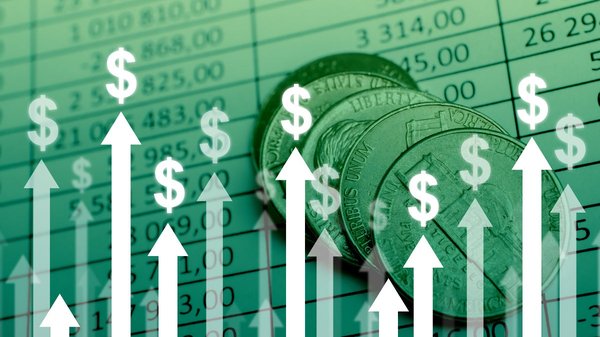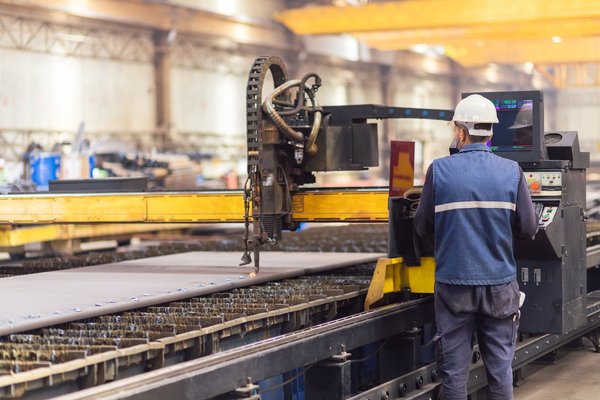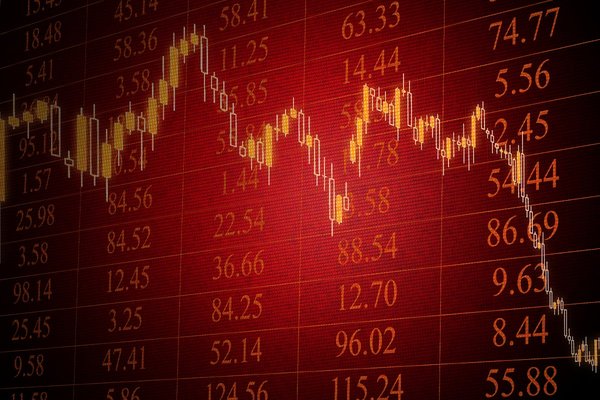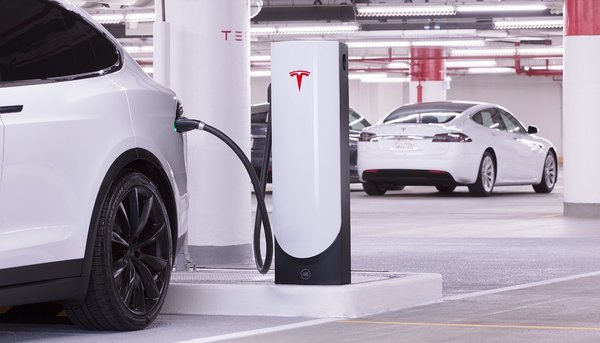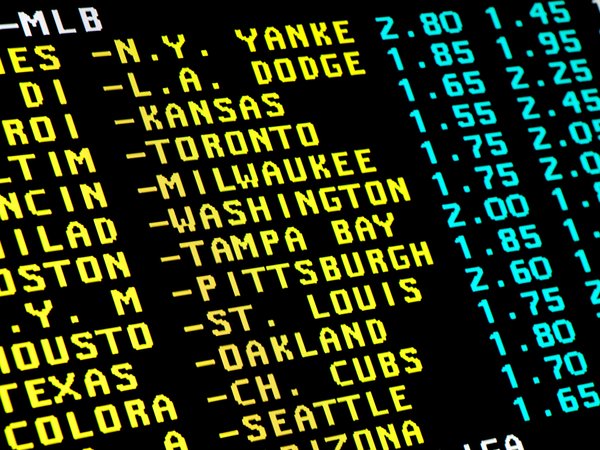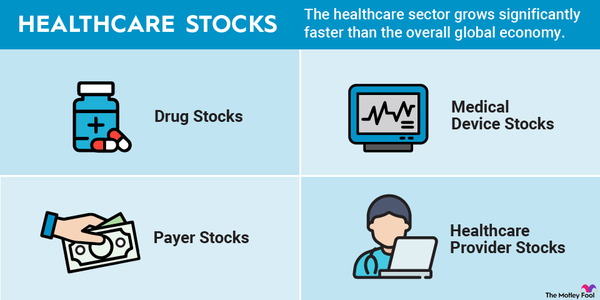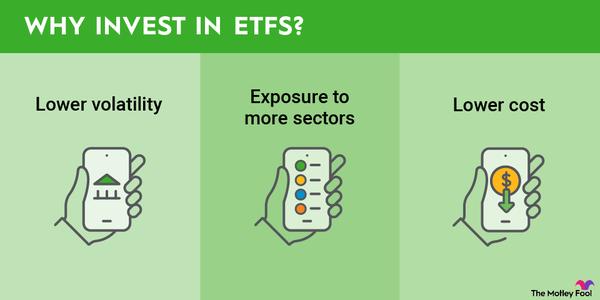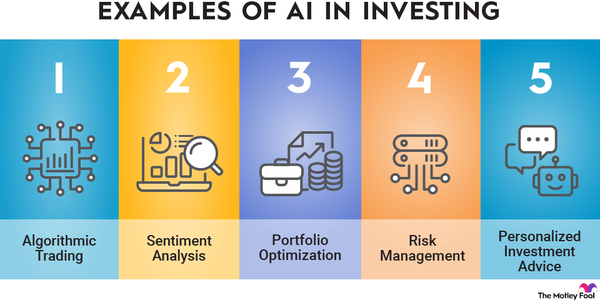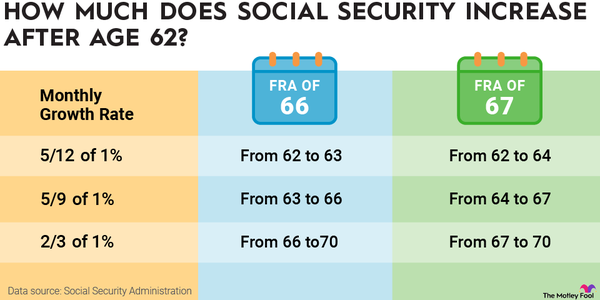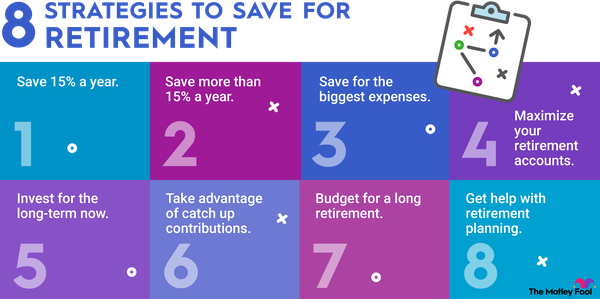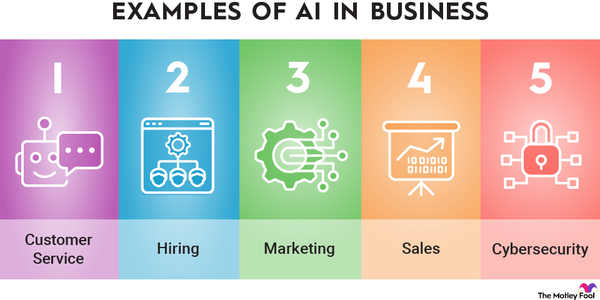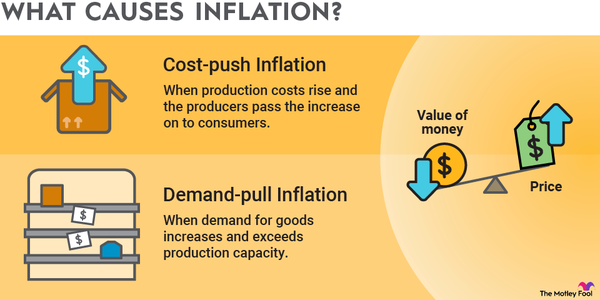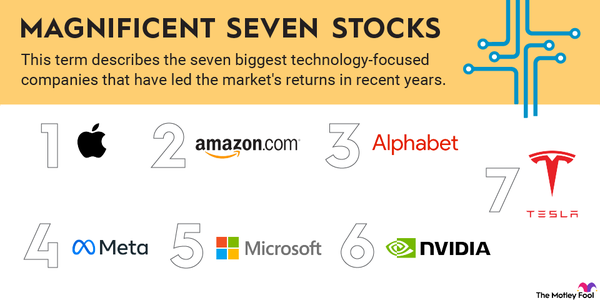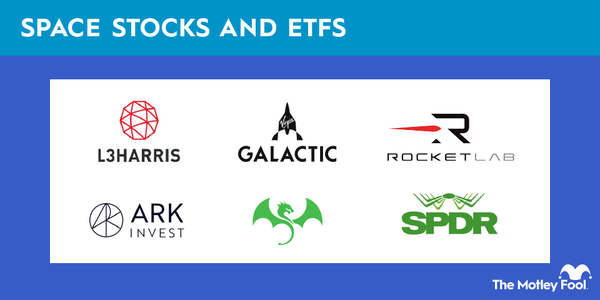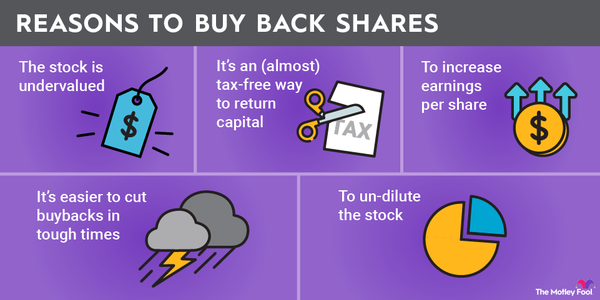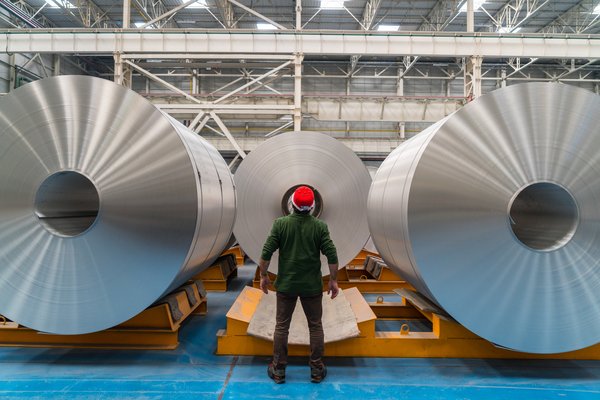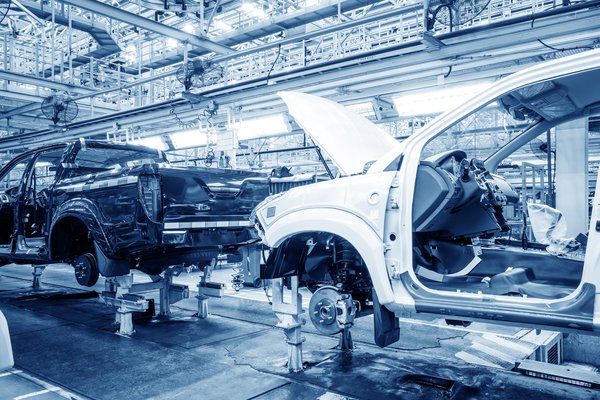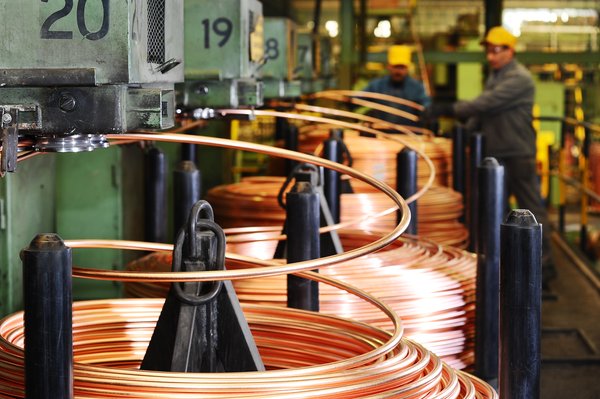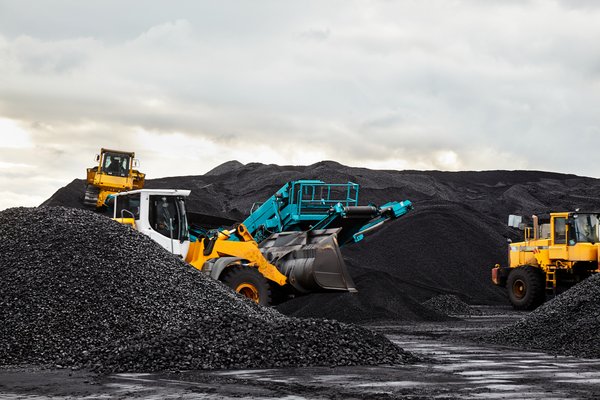GE Aerospace (NYSE:GE) is the largest industrials company, followed by RTX Corporation (NYSE:RTX) and Caterpillar (NYSE:CAT). Aerospace and defense companies are well-represented at the top of the industrials sector. The top 10 also includes agriculture and freight companies.

Largest companies by market cap in the industrials sector
(Editor's note: Rankings are as of April 1, 2025.)
| Name and ticker | Market cap | Current price | Industry |
|---|---|---|---|
| GE Aerospace (NYSE:GE) | $238 billion | $229.22 | Aerospace and Defense |
| RTX (NYSE:RTX) | $175 billion | $135.59 | Aerospace and Defense |
| Caterpillar (NYSE:CAT) | $164 billion | $349.68 | Machinery |
| Union Pacific (NYSE:UNP) | $136 billion | $230.69 | Road and Rail |
| Honeywell International (NASDAQ:HON) | $140 billion | $222.26 | Industrial Conglomerates |
| Boeing (NYSE:BA) | $154 billion | $206.22 | Aerospace and Defense |
| Deere & Company (NYSE:DE) | $135 billion | $515.00 | Machinery |
| Eaton Plc (NYSE:ETN) | $129 billion | $326.73 | Electrical Equipment |
| Lockheed Martin (NYSE:LMT) | $105 billion | $464.20 | Aerospace and Defense |
| United Parcel Service (NYSE:UPS) | $84 billion | $100.35 | Air Freight and Logistics |
Companies 1-5
1. GE Aerospace
- Market cap: $214.53 billion (as of April 1)
- Revenue (TTM): $45.8 billion
- Gross profit (TTM): $15.6 billion
- Five-year annualized return: 40.01%
- Year founded: 1917 (General Electric), 2024 (General Electric Company)
General Electric used to have several divisions, but after revenue fell during the COVID-19 pandemic, the company broke into three: GE Aerospace, GE Vernova (NYSE:GEV), and GE HealthCare Technologies (NASDAQ:GECH).
GE Aerospace manufactures jet engines and other aerospace technology and also provides maintenance, repair, and overhaul services for aerospace equipment.
2. RTX
- Market cap: $175.86 billion (as of April 1)
- Revenue (TTM): $80.7 billion
- Gross profit (TTM): $15.4 billion
- Five-year annualized return: 19.51%
- Year founded: 1922 (Raytheon Company), 1934 (United Aircraft Corporation), 2020 (Raytheon Technologies Corporation), 2023 (RTX Corporation)
RTX is the aerospace and defense company formed in 2020 through the merger of United Technologies and Raytheon. It has three business segments: Pratt & Whitney, Collins Aerospace, and Raytheon.
This company manufactures aircraft engines for commercial and military use. It also supplies flight systems, communications solutions, space operations support, and defense systems.
3. Caterpillar
- Market cap: $157.57 billion (as of April 1)
- Revenue (TTM): $64.8 billion
- Gross profit (TTM): $23.4 billion
- Five-year annualized return: 28.28%
- Year founded: 1925
Caterpillar is a heavy equipment company that manufactures construction and mining equipment, off-highway diesel and natural gas engines, industrial gas turbines, and diesel-electric locomotives. Through its global dealer network, Caterpillar does business on every continent.
This manufacturing company has also expanded its offerings over the years. It licensed its brand name for a line of clothing and boots, and it provides financing services through Cat Financial.
4. Union Pacific Corporation
- Market cap: $139.13 billion (as of April 1)
- Revenue (TTM): $24.3 billion
- Gross profit (TTM): $11.0 billion
- Five-year annualized return: 13.22%
- Year founded: 1969
Union Pacific Corporation is the largest U.S. railroad operator. This holding company has acquired numerous railroad companies and folded them into its only subsidiary, Union Pacific Railroad. It now has a network stretching across 23 states and more than 32,000 miles, and it transports bulk freight, industrial freight, and premium freight.
5. Honeywell International
- Market cap: $136.46 billion (as of April 1)
- Revenue (TTM): $38.5 billion
- Gross profit (TTM): $14.7 billion
- Five-year annualized return: 12.17%
- Year founded: 1906
Honeywell International is a conglomerate that operates across several business segments, including aerospace, commercial buildings, data centers, energy, and healthcare. It has 750 sites in approximately 80 countries around the world.
This industrial conglomerate will look much different by the end of 2026, if all goes as planned. Honeywell has announced that it will separate its advanced materials business, its aerospace business, and its automation business, going the General Electric route and becoming three different companies.
Companies 6-10
6. Boeing
- Market cap: $130.40 billion (as of April 1)
- Revenue (TTM): $66.5 billion
- Gross profit (TTM): -$2.0 billion
- Five-year annualized return: 1.36%
- Year founded: 1916 (Pacific Aero Products Company), 1917 (Boeing Airplane Company)
Boeing manufactures commercial aircraft and provides aerospace services, including training and technical support. It's also one of the largest defense and space contractors, and it provides military aircraft, weapons systems, and satellites.
Boeing has dealt with some high-profile issues in recent years. Two crashes involving the Boeing 737 MAX (in 2018 and 2019) led to the plane being temporarily grounded. In 2024, Boeing machinists went on strike for seven weeks.
7. Deere & Company
- Market cap: $126.29 billion (as of April 1)
- Revenue (TTM): $46.9 billion
- Gross profit (TTM): $18.1 billion
- Five-year annualized return: 29.79%
- Year founded: 1837
Deere & Company, more commonly known as John Deere, manufactures agricultural, construction, and forestry machinery. Products include tractors, mowers, utility vehicles, and excavators.
John Deere also offers financial services for its customers to finance and lease equipment through John Deere Financial.
8. Eaton Corporation
- Market cap: $107.41 billion (as of April 1)
- Revenue (TTM): $24.9 billion
- Gross profit (TTM): $9.5 billion
- Five-year annualized return: 32.62%
- Year founded: 1911 (Torbensen Gear and Axle Co.), 1971 (Eaton Corporation)
Eaton Corporation is a power management company providing energy-efficient solutions for multiple business segments. It manufactures electrical components, hydraulic components, and aerospace technologies.
This year, Eaton completed the acquisition of Fibrebond, which designs and manufactures pre-integrated modular power enclosures. The acquisition should expand Eaton's reach in the data center market.
9. Lockheed Martin
- Market cap: $103.92 billion (as of April 1)
- Revenue (TTM): $71.0 billion
- Gross profit (TTM): $7.0 billion
- Five-year annualized return: 7.71%
- Year founded: 1926 (Lockheed Corporation), 1961 (Martin Marietta Corporation) 1995 (merger of Lockheed Corporation and Martin Marietta Corporation)
Lockheed Martin is the world's largest defense contractor. It manufactures military aircraft, missiles and missile defense systems, helicopters, and space equipment.
The U.S. Department of Defense is Lockheed Martin's biggest customer, generally accounting for about 70% to 75% of its sales. Lockheed Martin also serves international clients. Government clients make up more than 90% of its total revenue.
10. United Parcel Service
- Market cap: $93.67 billion (as of April 1)
- Revenue (TTM): $91.0 billion
- Gross profit (TTM): $16.3 billion
- Five-year annualized return: 6.06%
- Year founded: 1907
United Parcel Service, or UPS for short, is a global logistics company. UPS is most well-known for its parcel delivery and freight shipping services.
This company is one of the three major couriers, along with FedEx (NYSE:FDX) and DHL (OTC:DHLG.Y). UPS is the largest of the three by market cap, and it also has the highest annual revenue.
Related investing topics
The bottom line
Industrials sector takeaways for investors
The performance of the largest industrial companies has been a mixed bag recently. Of the top 10, half have done better than the S&P 500, and half have done worse. When investing in industrial stocks, it's important to carefully evaluate a company's financials, its recent track record, and any potential headwinds.
It's also worth noting that industrial companies are cyclical businesses -- they generally do well when the economy is strong but can get hit hard during downturns. Some industrial companies are less vulnerable than others, though. Defense contractors with government contracts are often better equipped to handle periods of economic uncertainty.
Considering how essential industrial companies are to the economy as a whole, it makes sense to have some in an investment portfolio.
















